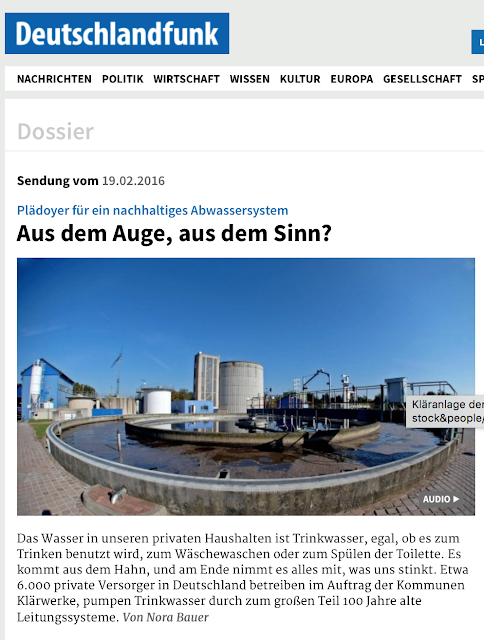It was the
first official day of our project in Ethiopia, starting in the capital Addis
Abeba. After having breakfast on the terrace of Taitu-Hotel, the students from
Bauhaus-University and three students from EiABC met up with Professor Donath,
Mr. Veltrusky and Mr. Stäudel for briefing on site. On this day much was
scheduled. Divided into different groups, the team went to the lower region of
Entoto Mountain by car. While moving back into the city on foot, our task was
to make contact with the local inhabitants and the traders at Shiro Meda market,
asking for lifestyle habits, living conditions and costs for items and living.
Our first
destination was a typical compound near the main road. The compound was fenced
by metal sheets. An old woman opened the door and invited us to enter and study
their property. The Ethiopian students helped us with the translation. There
were a few houses built of eucalyptus, clay and straw, some apiaries, a hen
house and a goat run. The current supply was well installed and they had
working satellite dishes for TV. To get daily water, they had to move to a
nearby water tank. They told us that the price for 25 liters of freshwater is 0,50
Birr (0,03€). The water is filled and transported in yellow cans and used for
cooking and washing, but not for drinking.
After moving on, we arrived at Shiro Meda market. Shops in this market mainly
offered traditional Ethiopian items, souvenir items and in particular Ethiopian
scarfs. Lots of people and pupils were on their way. A few poor people asked for
money or food. Sometimes the way they were dressed was terrifying. At some
market stalls we inquired the prices for goods and items: a goat cost 2000 Birr
(90€), a dress 400 Birr (18€) and a hammer 160 Birr (7€).
Arriving
back in the city centre, we visited the building site of the Flintstone
warehouse. It was an awesome structural work including escalators and lift
shafts. The big staircase was built like a helix. Otherwise the scaffold of
bamboo looked and seemed to be instable and many electrical installations were
badly and loosely laid. I can’t imagine feeling save there as a worker!
In the
early evening we moved to the condominiums, an area of the Ethiopian low-income
housing. Professor Donath explained structure and design and how to get such a
flat. The procedure works like a lottery. While checking and analyzing the
housing area and infrastructure, our group was surrounded by excited children
wanting to play with us.
This
eventful day ended with some glasses of beer near the St. George brewery und a
pretty good traditional diner in Finfine restaurant. We had a tasteful dish of
Ferfer and delicious honey wine called ‘Touch’.



